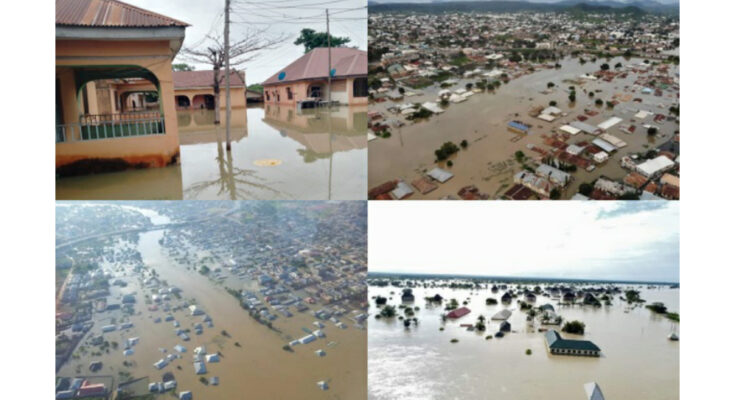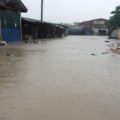By EJIOFOR TOOCHI CYNTHIA
It has been weeks since residents of Kogi, Bayelsa and Rivers state witnessed an outrageous flooding. The disaster has led to huge losses in lives, homes, and farmland. Other neighbouring states heavily affected are Adamawa, Taraba, Anambra, Nasarawa and many others. Despite their pleas and helplessness, the government has taken very little or no action to assist the people. No real solution has been proffered.
It was determined that excessive rainfall, local river overflow, and climate change were all contributing factors to this flood. But the true blame is the overflowing Lagdo Dam in Northern Cameroon. According to records, Nigeria and Cameroon were originally intended to construct two dams, one in each country, so that water released from the Lagdo Dam could always be contained in the Nigerian dam, also known as the Dasin Hausa dam, which was intended to be located in Dasin Village of the Fufore LGA in Adamawa State.
Ikejabird’s findings show that the Lagdo Dam’s construction started in 1977 and ended in 1982. Unfortunately, since its completion, the Nigerian government has failed to complete the Dasin Hausa dam. To relieve strain on the dam caused by the rising water it was holding, the Cameroons reportedly opened overflow spillways at their Lagdo Dam in September. The overflow has since had an adverse effect on rivers that are connected to the Cameroonian dam, including the Benue River.
The National Emergency Management Agency (NEMA) has issued a warning that the flood disaster of 2022 would be greater than that of 2012, when floods caused at least 363 fatalities and 7 million people to be displaced.








